The description on England's Rock Art website - ERA-2040:
This carving comes from Woodside, Ryton and was found in the stone facing of a clay wall by W A Cocks in 1939. The motifs consists of ten cups, plus a possible small eleventh, a cup with conical groove and a cup with three short linear ducts, a curvilinear groove track one side of the latter motif giving the impression of a ring. Tooling marks are still clearly visible, suggesting the motifs haven’t been exposed to weathering.
The Tyne & Wear HER(504) gives the find date as 1934, and the location as "Cock's Site 5 at Woodside. Ryton".
Ryton Woodside is about 1km due south of Bar Moor (and Emma Pit) on the B6315 between Ryton and Greenside. The grid reference provided, NZ 1477 6350, is located on part the old B6315 road where it was realigned just south of its junction with the new A695 bypass.
The references given are Notebooks of W.A. Cocks and W.A. Cocks (1935) The Ryton 'Cup and Ring' Marked Rock, Proceedings of the Society of Antiquaries of Newcastle, 4, VI (for 1933-34), pp. 353-4.
He gave the stone's dimensions as 737 mm x 559 mm x 381 mm, and described it thus:
The stone bears one 'cup and ring' with four radial ducts... There are also ten plain cups of circular form; one cup with a deep conical duct; and one large cup which appears to have been formed by uniting two circular cups. All shew the tool marks of manufacture.
His collection of glass plates date from the late 1890s to the 1950s. Many of the early images were taken by J.P. Dalton, Surveyor to Ryton Urban District Council between 1898 and 1905. The plates are numbered and an annotated notebook in Cock's hand accompanies the collection from which title and date information is taken.
ERA-2041 (Ryton 1) was found in 1939, with a location given as "40 yards south-west of Tweedy's Buildings, Ryton, where it had been re-used in making a land drain." Tyne and Wear HER(585) records the find-site as Cock's Site 6 and the grid reference as NZ 1480 6417. This is now within Greenfields estate, south-west of the still existing Tweedy's Buildings, between Bar Moor and Ryton.
It is described as coarse sandstone with maximum length 380 mm, and having 3 cups, which ranged in diameter from 41 - 63 mm, and in depth from 15 - 19 mm with very distinct tool pecking. W.A. Cocks, 1947, A Cup-Marked Stone at Ryton, Proceedings of the Society of Antiquaries of Newcastle, 4, X (for 1942-46), pp. 87-88.
In addition to the flints from Site 14A, south of Clara Vale, Cocks records the discovery, on 27th February 1948, of a cup-marked stone, "with one very deep cup which appears to have been ground out. One end fractured".
The grid reference of the location is given as NZ 142 647.
At the same site Cocks also found part of a polished axe (Tyne and Wear HER 561): light grey flint irregularly broken fragment of polished celt, retaining about 0.5" of cutting edge". He found two jet disks at the same site (Tyne and Wear HER 567).
Described as an irregular heart--shaped rock 24” x 21” x 5” (0.61 x 0.53 x 0.13m). The design is an irregular trapezoid with a cup at each angle, and two cup marks outside the figure. The stone is also on display at the Great North Museum. Its design and the pristine condition of the carving suggests the artwork was faced to the inside of the cist, created specially, and of an early Bronze Age date.
In the Museum of Antiquities, University of Newcastle (now Great North Museum, Hancock), there is a stone provenanced as Stamfordham and it may be the one excavated by Greenwell. This panel is also known as the Stamfordham Cist Cover (ERA-1899). The illustrations below are from Black Heddon a in the Beckensall Archive.
Two marked boulders were also found at the Chesters Roman site, but now missing and known only from illustrations. Another cup-marked cobble was found during excavation at the site of the Roman bridge on the opposite side of the River Tyne.
There is carved boulder alongside an arable field at Thornborough (ERA-1420), presumably dragged to the field headland away from the plough at some past time. It is often hard to find among tall hedgerow vegetation.
Again, the VRML 3D model (of which the image below right is just one position) can be rotated and tilted to examine the surface moving against the light. As shown on the left, low raking sunlight can produce a better photo, but with the stone shape neessarily distorted because of the camera position.
So what can we deduce from this study of our local rock art. Many of the examples are historical. Panels of carved stone have been found during excavations of Bronze Age burials (cist covers), many ending up in museums. Were they carved specially for the burials, or were they part of pre-existing carved boulders or outcrops? We can't always be sure, but the pristine nature of some of the carvings implies that they were covered shortly after their making and probably specially made. Manyl bear tool marks of stone tools.
The land in our area has been subject to intensive agriculture and other development. Existing rock outcrops here may have been much less extensive than in the upland areas. Stone has been cleared from ploughed fields and much was probably broken up, used in field walls or as building material. However, the remaining examples imply that the cup and ring rock art tradition extended south from Scotland, Northumberland, over the Tyne valley and south over an extensive area of England.
Discovery and long-term survival of many of the examples given has largely been the result of recognition of their archaeological significance. More will undoubtedly turn up in the future, and may be preserved if it is recognised.
British Rock Art Collection
A Rock Art Gallery for The British Isles, Dedicated to Jan Brouwer, and full of happy memories.
England's Rock Art (ERA)
Northumberland Rock Art
Web access to the Beckensall Archive at University of Newcastle upon Tyne.
The Ancient British Sculptured Rocks of Northumberland and the Eastern Borders by George Tate (1865)

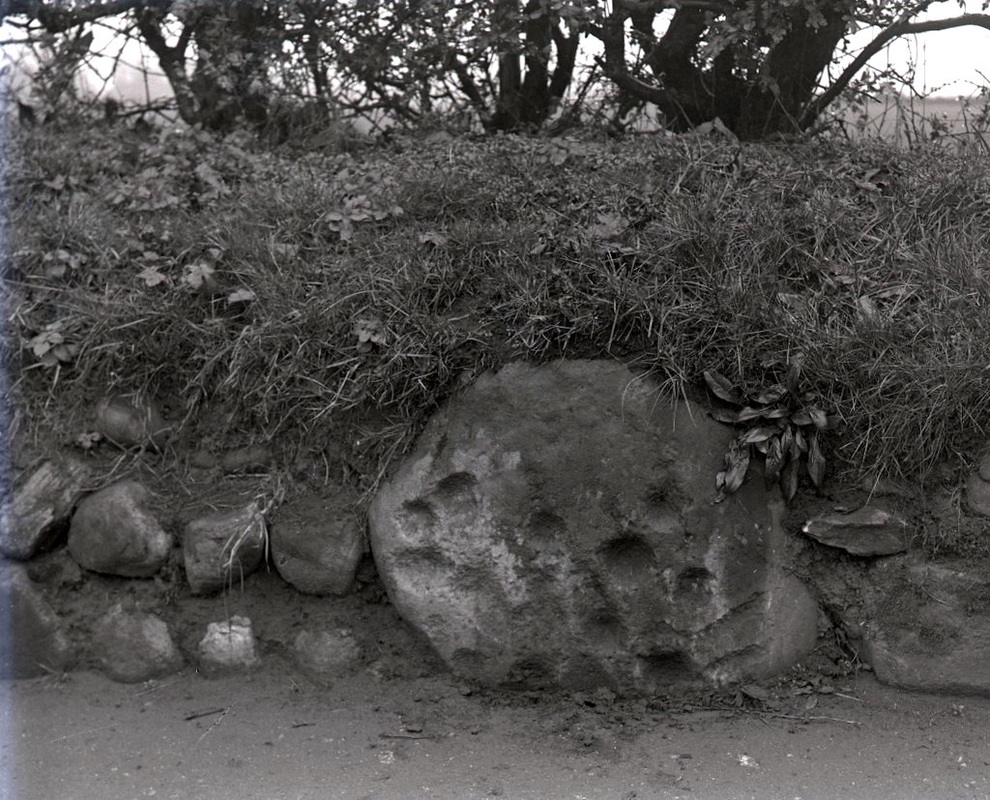
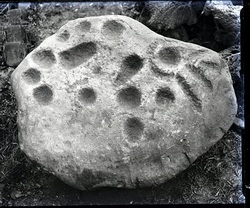
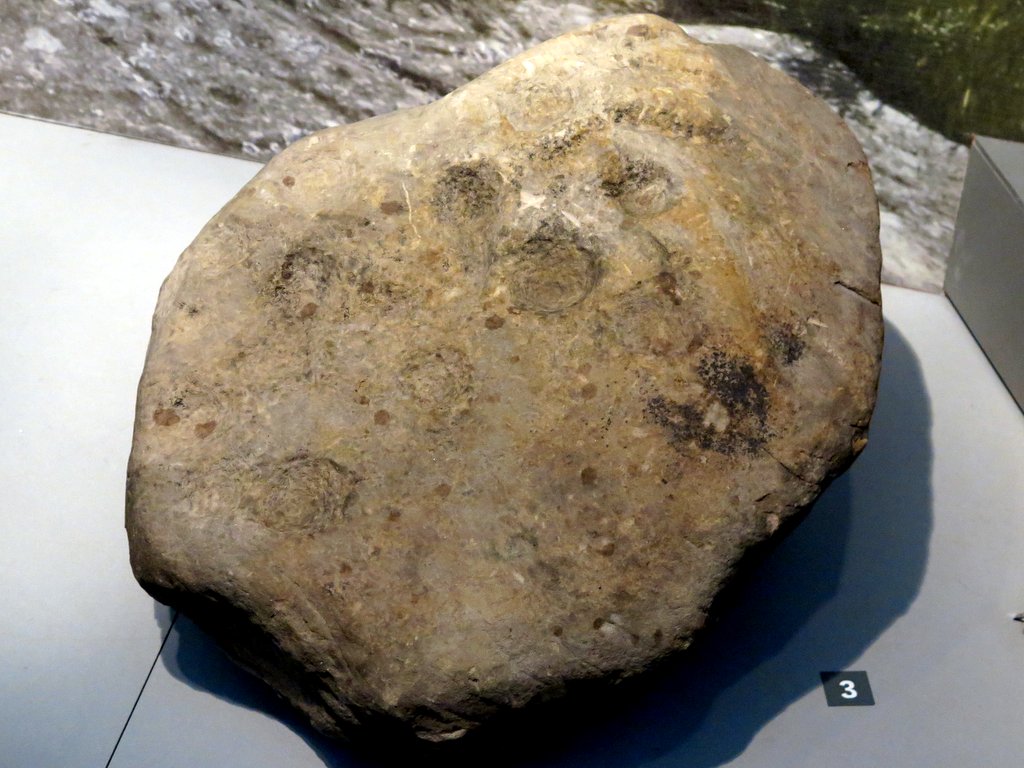
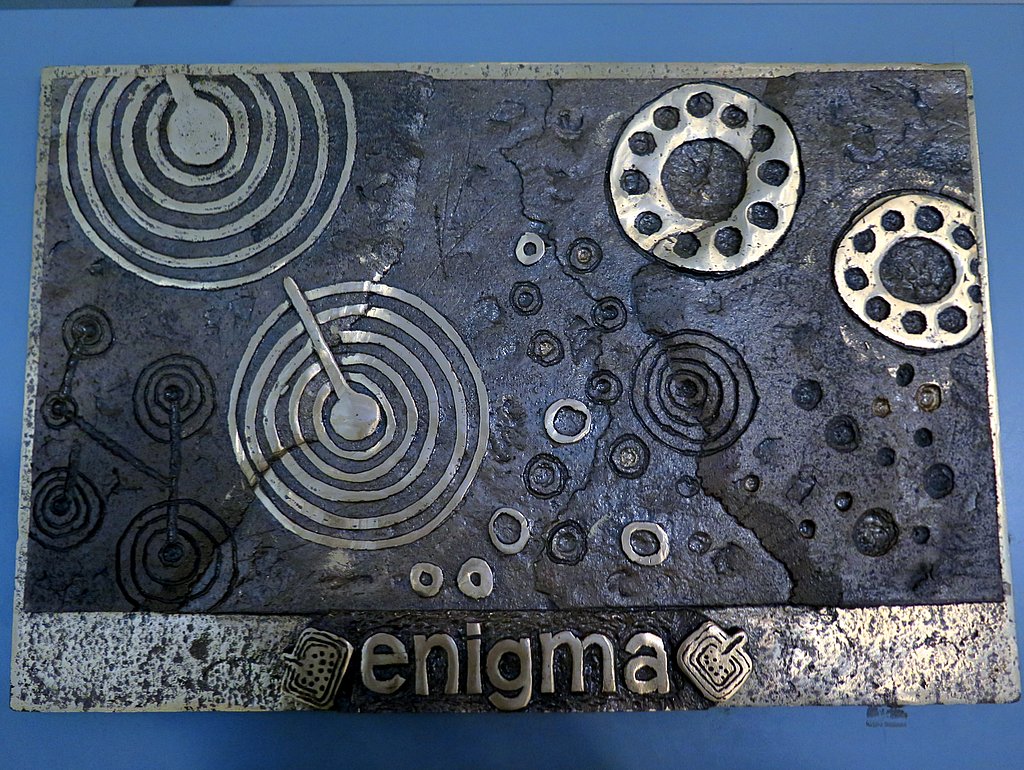
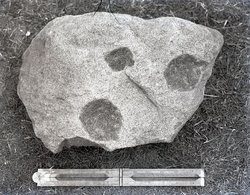
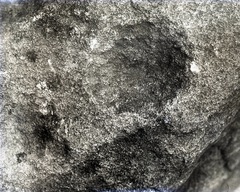
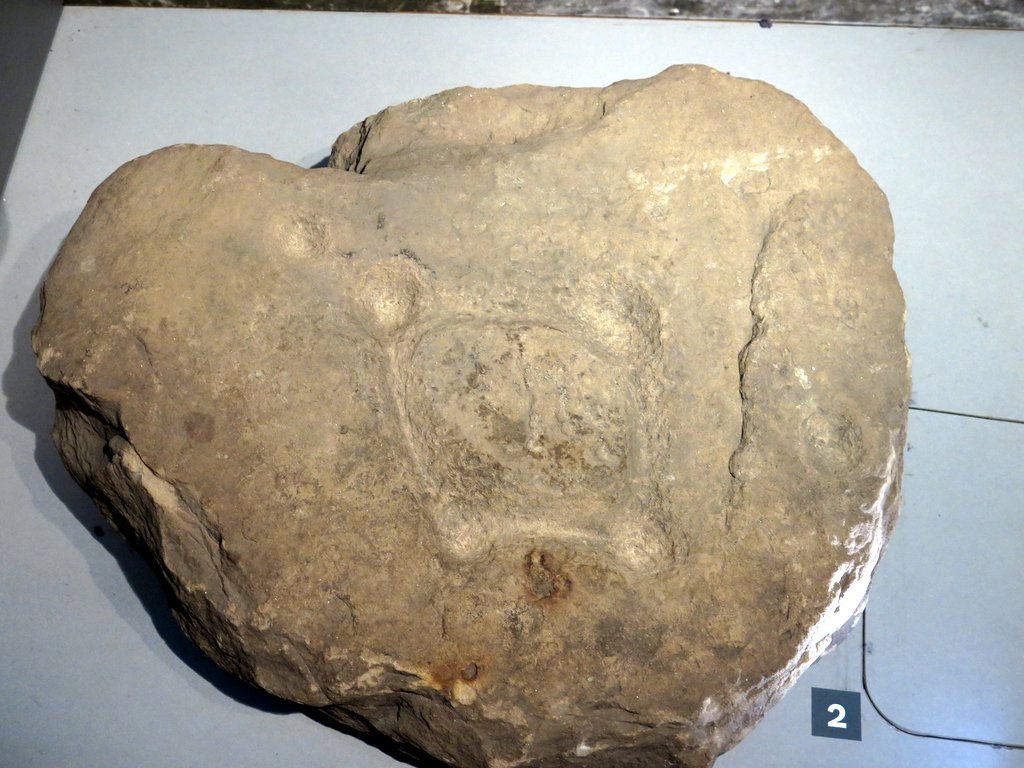
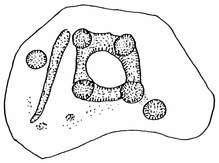
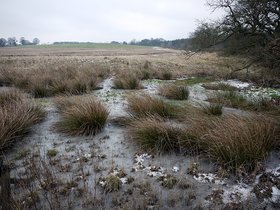
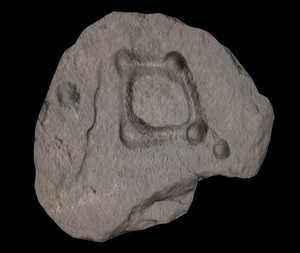
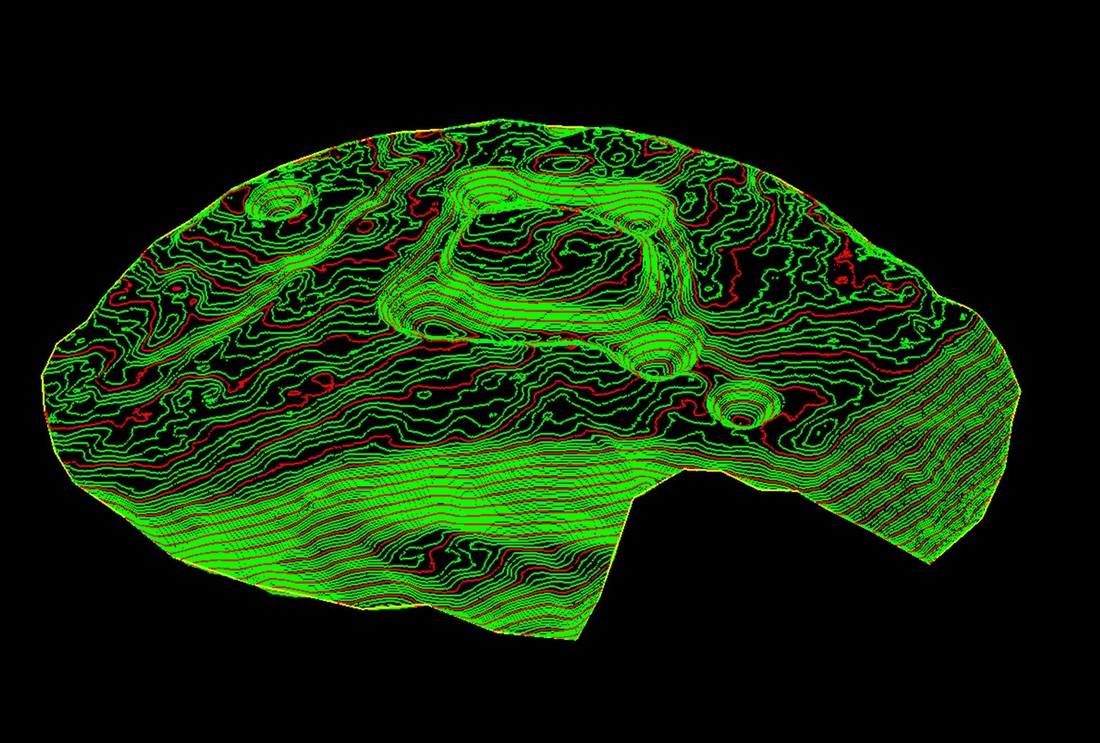
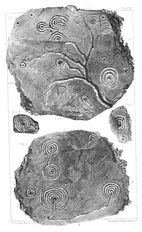
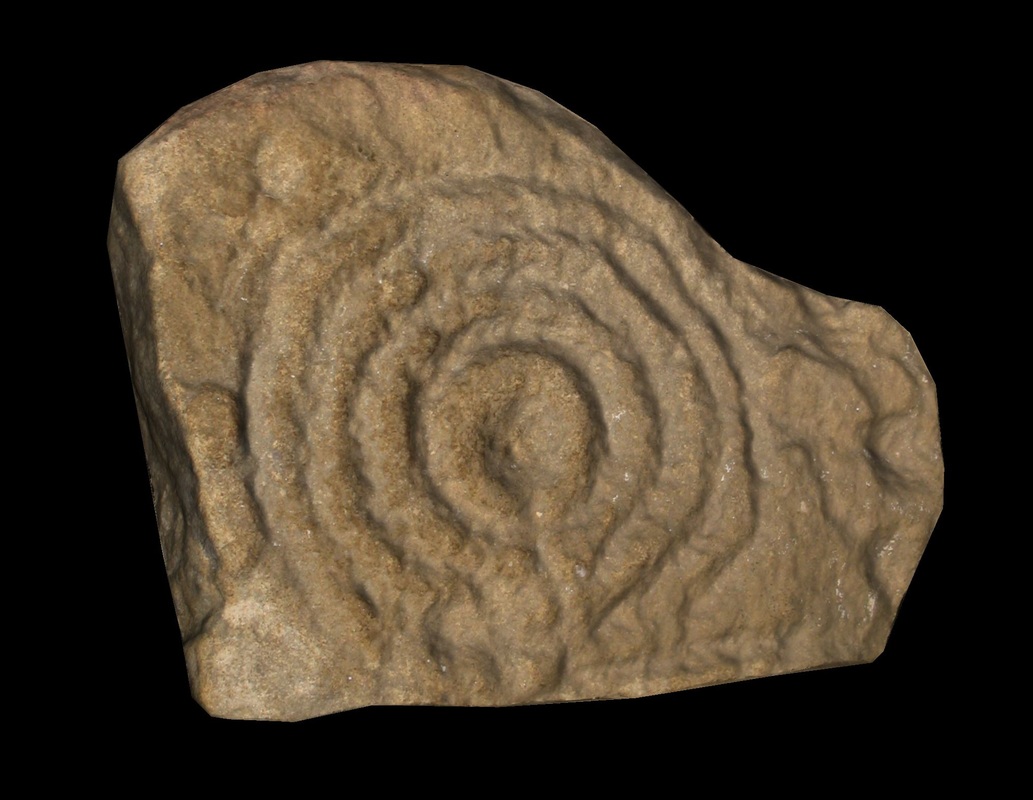
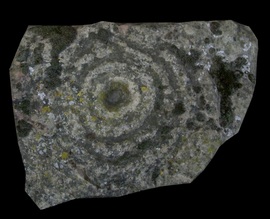
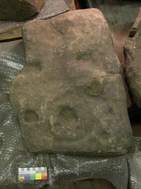
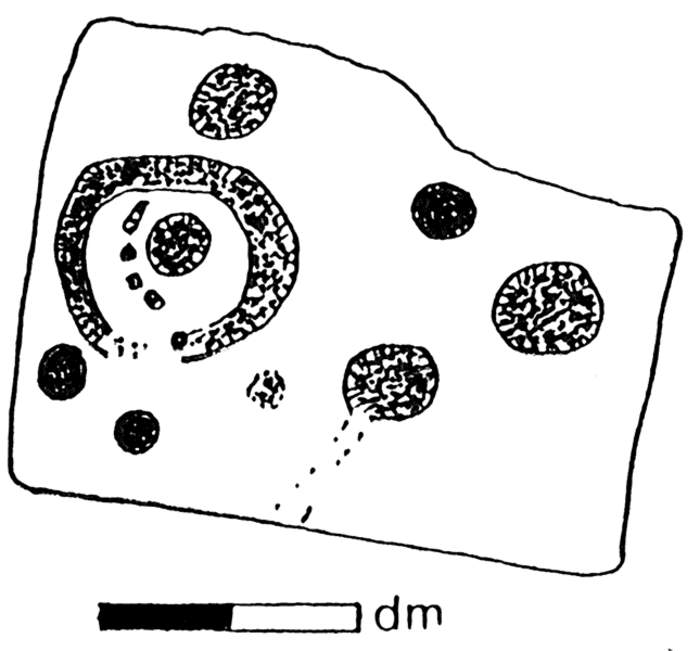
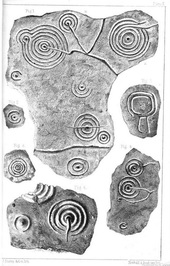
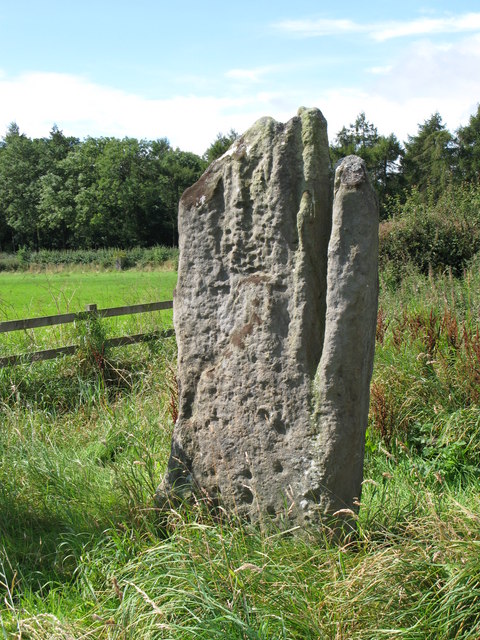
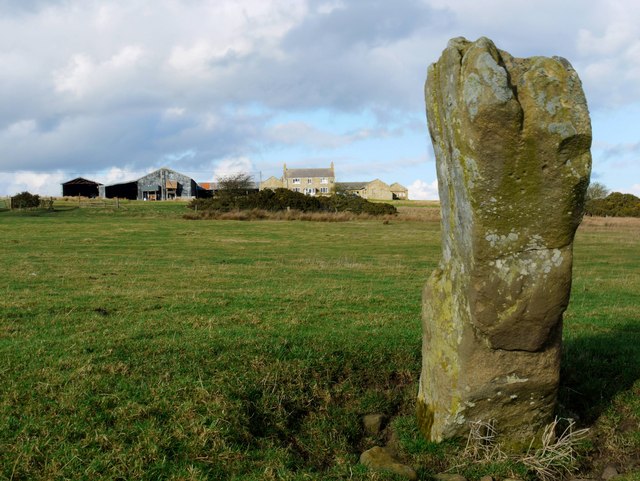
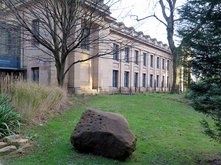
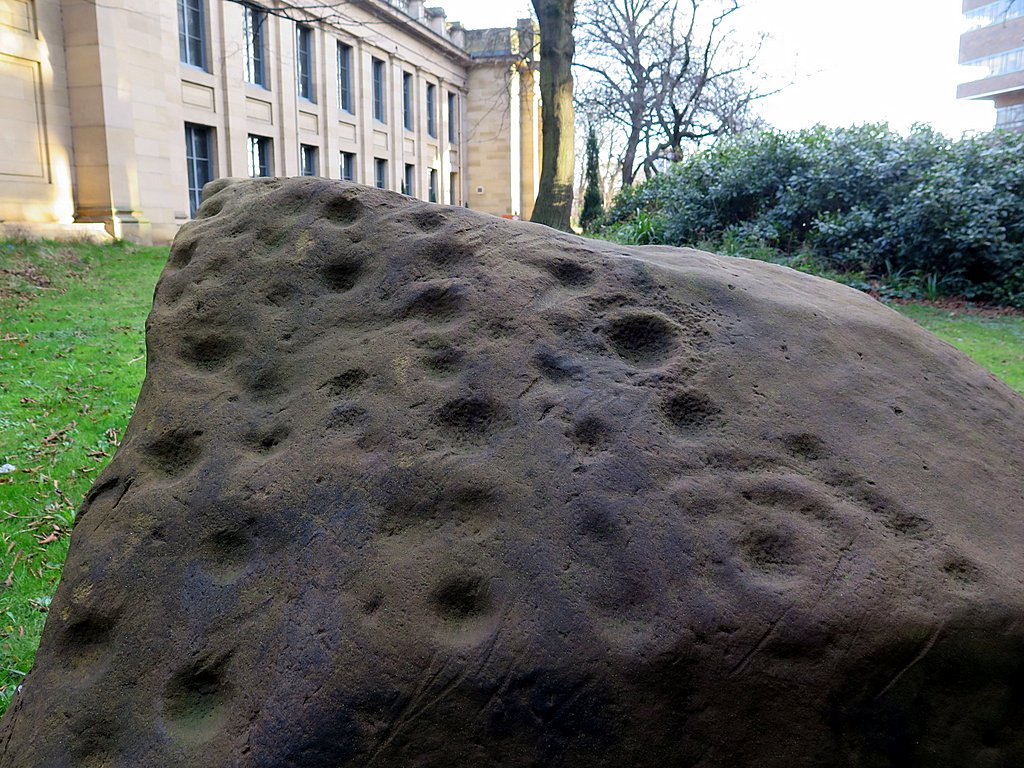
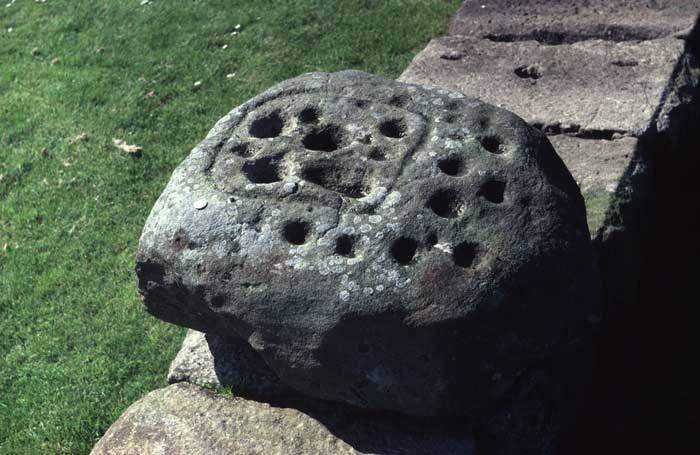
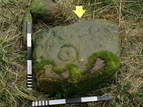
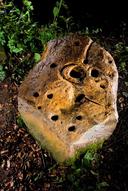
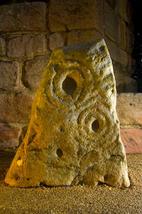
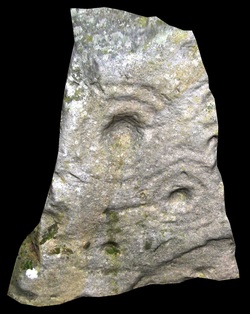
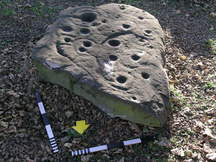
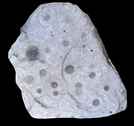
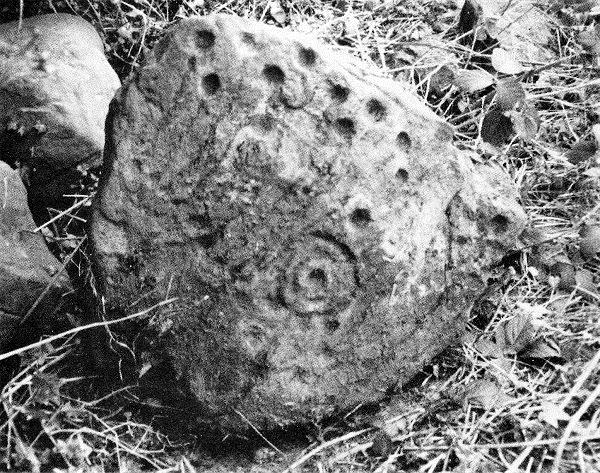
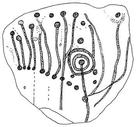
 RSS Feed
RSS Feed
